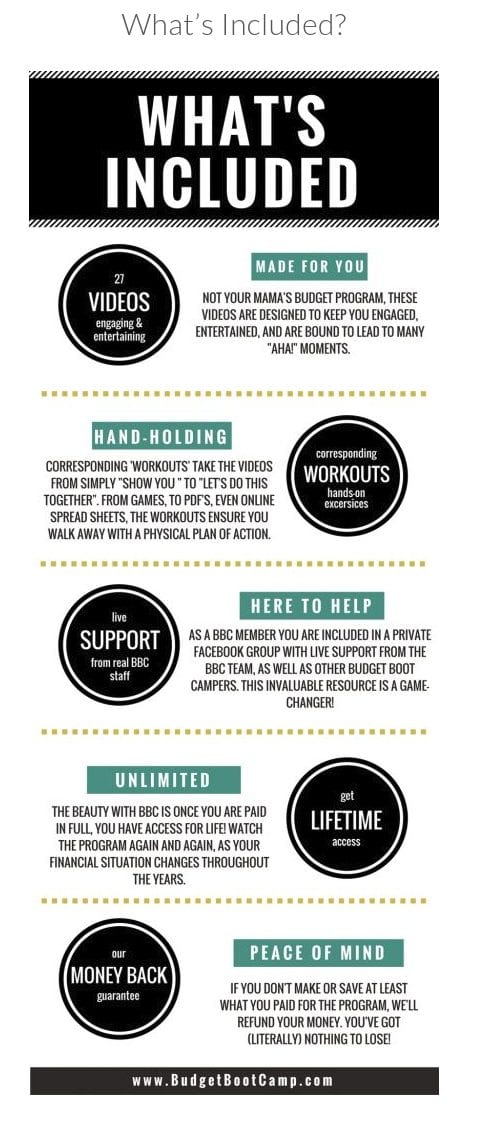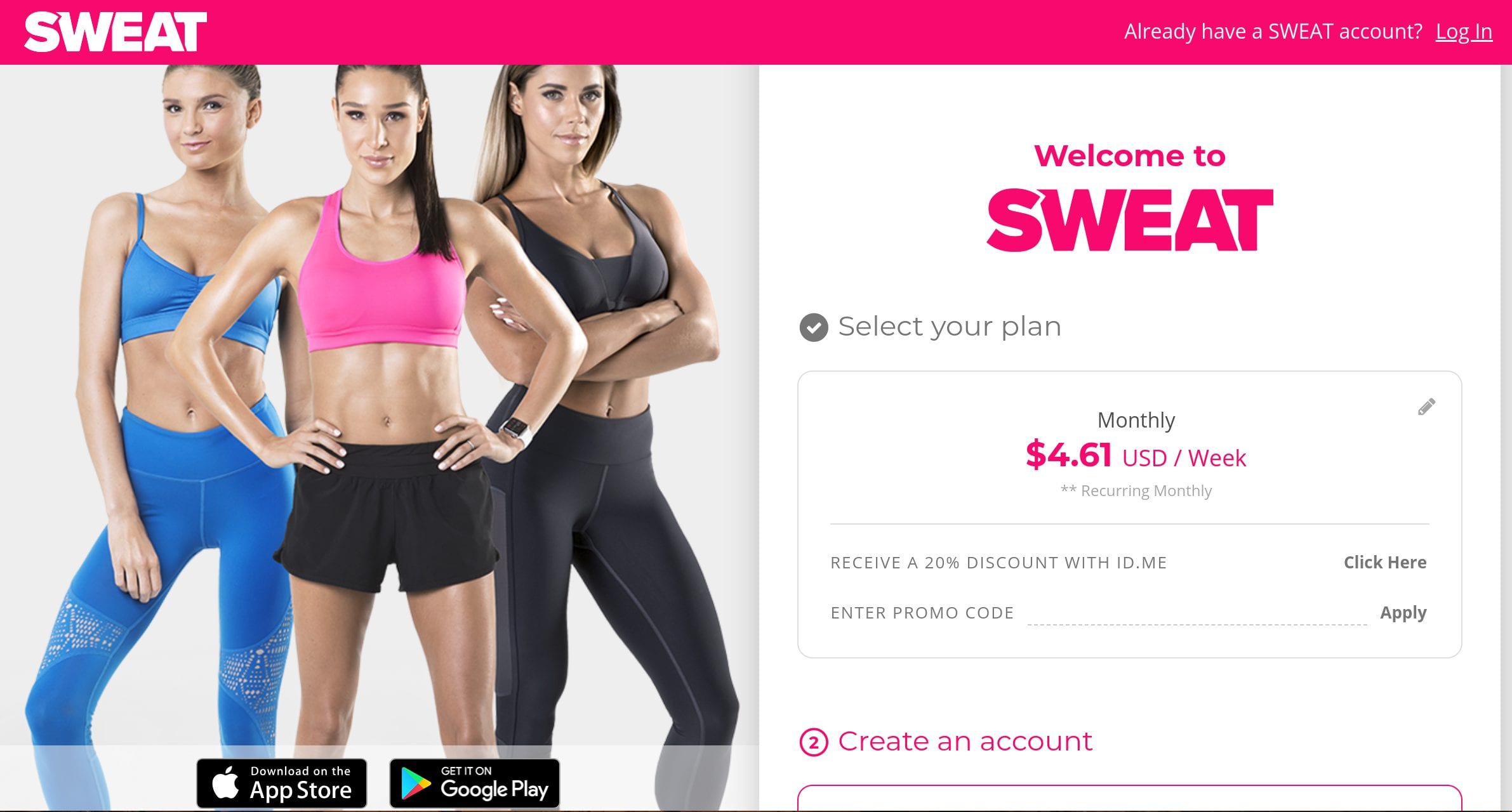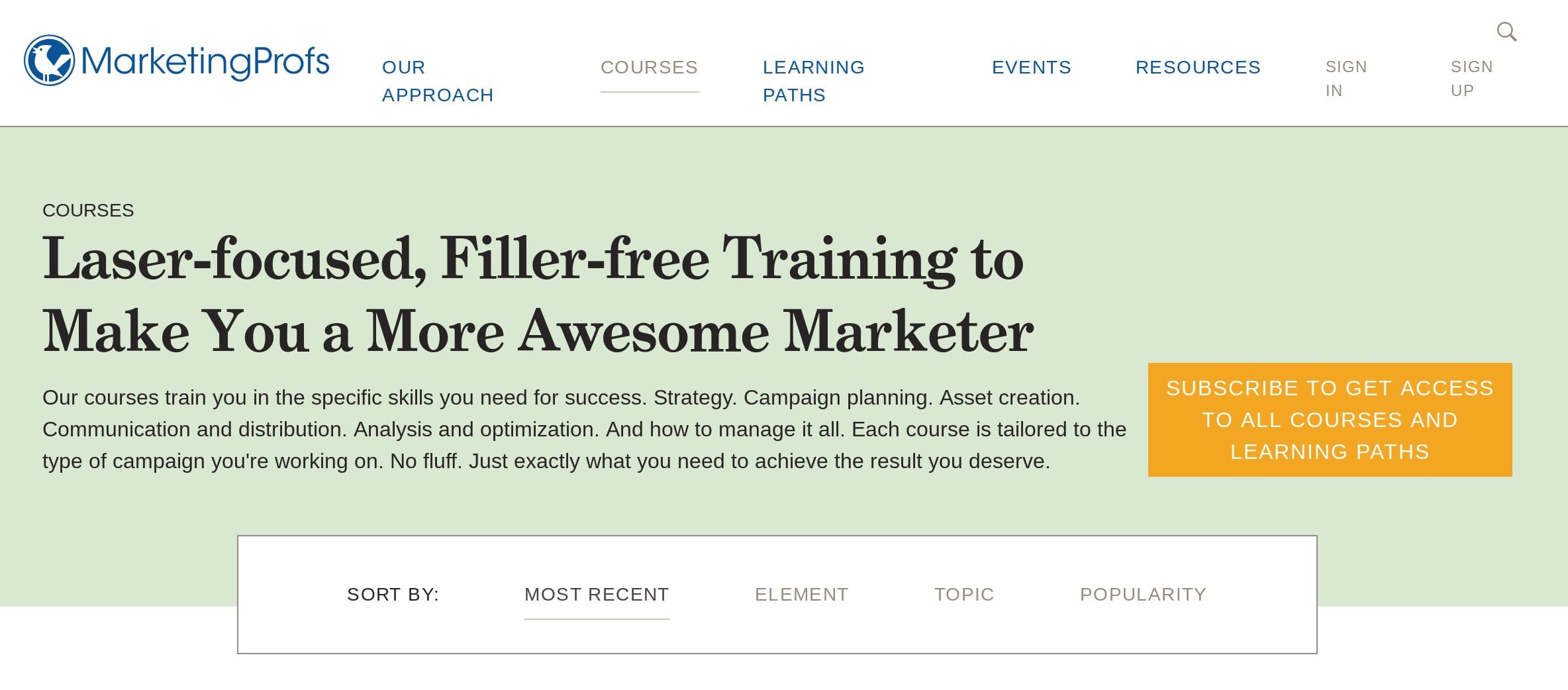The online content industry is booming—it promises online customers guides and advice on everything from flipping houses to losing weight.
Digital content is trending around the world. An investigative article from Marketplace found that it is a $7 billion industry in China alone.
Digital content is so appealing to users of all industries because it promises an instant ticket to exclusive information that isn’t shared anywhere else. This sense of exclusivity creates FOMO (fear of missing out), which makes a $5/month subscription or $49 online program hard to resist.
Digital content creators and publishers do a great job of showcasing user testimonials that highlight how their lives have changed after consuming content. They also frequently offer payment plans to make these private programs seem even more irresistible.
So, how can publisher brands harness and monetize exclusive content? Here are four popular ways brands and influencers are making money from content.
Ebooks and Online Programs
Often, content creators are able to charge more for their exclusive content by bundling it together and offering it as an online course, complete guide, or online program.
For instance, here’s an example from a blogger and money expert Jordan Page. Her “Budget Bootcamp” is $149 and contains 27 videos, 16 budgeting exercises, and a private Facebook group for students.
Because customers can’t flip through a digital product like they would a regular book, many high-converting sales landing pages for this type of content have the following features to showcase features:
- Testimonials from users who have read the book or taken the course
- Sample worksheets or videos from the actual course
- Statistics on how the information has changed customers’ lives (e.g. “60% of our customers now report they are debt free from our program”)
Many online programs offer a ton of content so the price point seems like a better deal. For instance, 27 exclusive videos for a “Budget Bootcamp” is a lot more enticing than five free videos.
People are impressed by big numbers and statistics, so adding specific numbers to what users will receive with each exclusive content package will make them more likely to buy.

To sweeten the pot, many creators also offer a money-back guarantee, should the customer buy a digital product and is unhappy with his or her experience.
This convinces many users to buy, as they know if they don’t like it, they can’t ask for a refund.
Apps
Private apps like one released by the Kardashian sisters, who are estimated to have made six-figures in the first few months from their exclusive content apps when they debuted in 2015, have become big business for celebrities, influencers, and brands.
Possibly the biggest success story of an exclusive content app is Kayla Itsines’ app Sweat, which TechCrunch reports will make $77 million this year.
Subscribers pay $20 a month (or $120/year all at once) to use the app, which has new and past workouts from Itsines and other trainers.
At $20 a month, it certainly is at the high-end tier of app subscriptions (for instance, the Kardashian apps are $3 per month), but Itsines and users argue that it’s cheaper than a gym membership and the results are worth the cost.

What makes users willing to pay $10 to $20 per month? The results from women who have gone through Itsines’ BBG workout program, which is in the app, certainly makes a persuasive case.
It also helps that Itsines’ target market is millennial women, ages 25 to 35, because most users in that age range heavily use apps daily, her content is more accessible and easier to use for many users than attempting to publish it as a DVD or book.
When publishing exclusive content, think about how your users like to absorb content and create it for that platform and audience specifically.
Gated Content
This type of model is really popular with news publishers, like newspapers and industry content portals, like The New York Times and Harvard Business Review.
The NY Times lets users to their website view three articles per month for free and then charges $1 to $3 per month for unlimited access to their articles.
They reported that online subscribers count for almost 2/3 of their total revenue and the newspaper has actually managed to turn a profit in an era where newspapers are falling in circulation.
This model is great for publishers that have lots of new pieces of content daily and possibly aren’t making enough revenue from advertising or sponsorships. Asking readers to subscribe or pay for content is becoming more common, and as a result, users are less likely to reject it because they see it more often.
Besides articles, there are other gated content models, many publishers have began gating older content that was originally free when they were first published, like webinars or live streams.
They require users to subscribe monthly or at least register for an account in order to access the content. This is a great way to monetize older content that is still useful.
Another strategy is to bundle all your existing exclusive content into a single membership. For instance, MarketingProfs lets users view all their available courses for a single annual fee.
Many publishers will also give access to their proprietary tools, like industry calculators, or other training, like private tutorial videos, with a single membership.

As with anything online, there are some downsides to building exclusive content, such as lack of sales (and no one to view your content since you’ve “locked” it), possible over-saturation of content in your market in the future, and your users feeling content overwhelmed when you have so many several digital products to offer that they don’t know where to start.
Avoid these issues by researching your audience and where there is a lack of information in your industry so demand will follow. It’s also important to create a publishing plan and advertise your content across social media and other channels to get the word out.
Screenshots taken in October 2018.